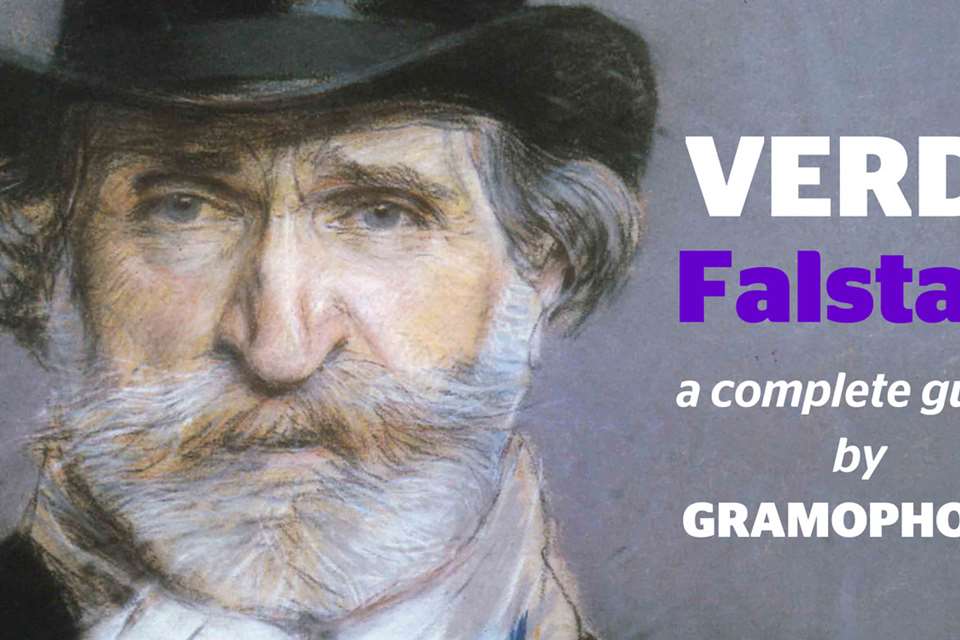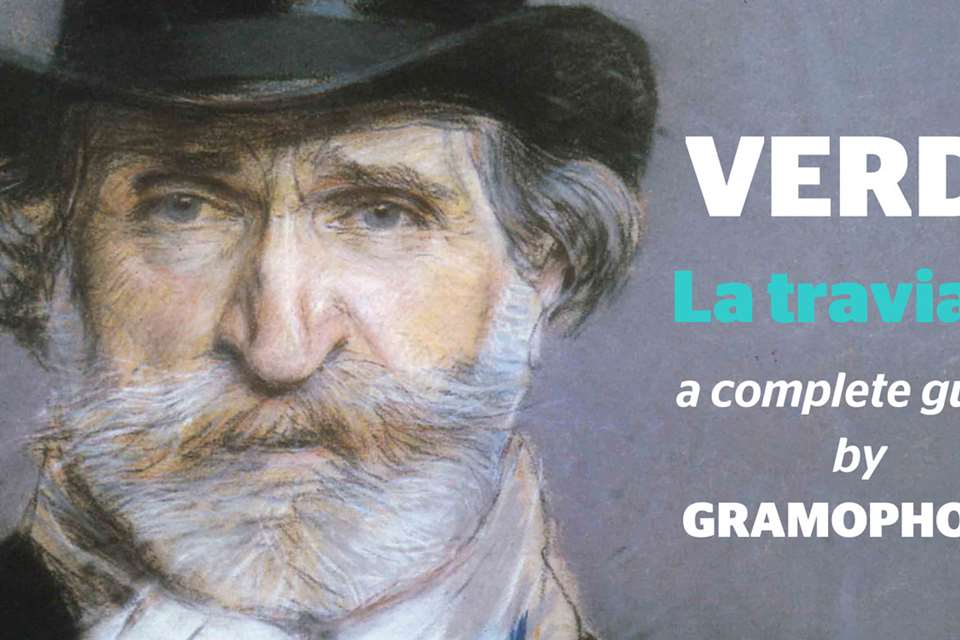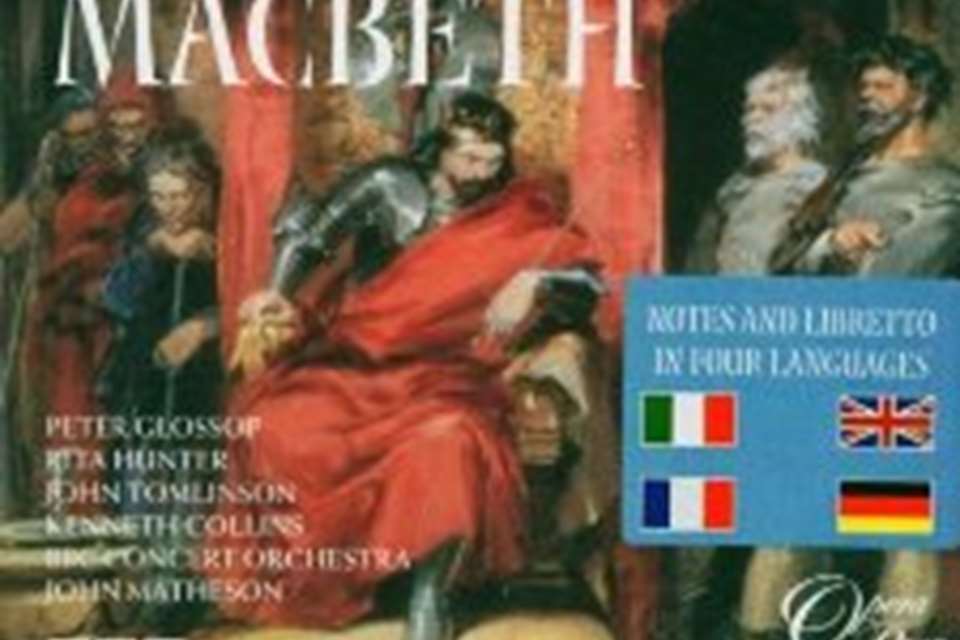Verdi's Aida | A Complete Guide
Tuesday, May 25, 2021
Richard Fairman explores Verdi's creative process, Sir Mark Elder reflects on Verdi's masterpiece, plus we give a guide to the greatest recordings
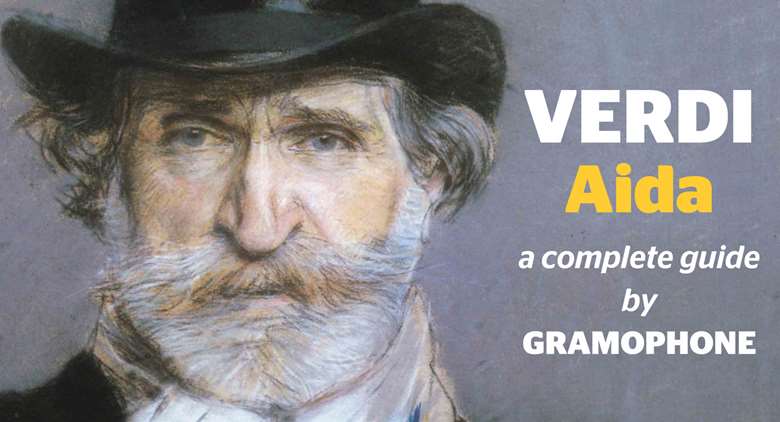
Welcome to Gramophone ...
We have been writing about classical music for our dedicated and knowledgeable readers since 1923 and we would love you to join them.
Subscribing to Gramophone is easy, you can choose how you want to enjoy each new issue (our beautifully produced printed magazine or the digital edition, or both) and also whether you would like access to our complete digital archive (stretching back to our very first issue in April 1923) and unparalleled Reviews Database, covering 50,000 albums and written by leading experts in their field.
To find the perfect subscription for you, simply visit: gramophone.co.uk/subscribe
The creation of Aida, by Richard Fairman
During the summer of 1868 Antonio Ghislanzoni, a writer and former baritone, was taken to visit Verdi at home on his estate at Sant’ Agata. In his memoir of the visit Ghislanzoni paints a picture of middle-class ease and affluence. The composer is described as being genial and contented: ‘When I met him for the first time 20 years ago…his frail frame, pale face, sunken cheeks and deep-set eyes aroused ominous fears, [but] today you find nothing in that countenance but glowing health and stability.’
At the time of their previous meeting Verdi had been in the grip of his ‘galley years’, when the pressure of earning a living meant he had to deliver new operas at the rate of two or three a year. Now, success had brought him not only financial security, but time to breathe. Instead of coming off the conveyor belt, each opera could be crafted at a relatively leisurely pace. The great operas of this period – Simon Boccanegra, Un ballo in maschera, La forza del destino, Don Carlos and Aida – each occupied Verdi for several years of painstaking work.
Ghislanzoni offers another telling observation. ‘Dispatches arrive from every corner of the civilised world’, he says, ‘begging for operas, offering incredible sums of money, promising honours and triumphs.’ Having spent his life writing largely for the opera houses of his native Italy, Verdi had now risen to a position whereby he would accept three major commissions from different corners of the globe: St Petersburg (La forza del destino), Paris (Don Carlos) and Cairo (Aida).
Commissions of this stature demanded imposing operas. The three works that resulted are as ambitious as any that Verdi ever tackled and each in its own way is unique. Don Carlos is the most important in pushing the composer in new directions, thanks to its grand opera scale, the customary Parisian demand for spectacle, and the sophistication of the orchestral writing. But it was Aida that was to be the culmination of this central period of Verdi’s career.
The search to identify a new subject after Don Carlos was long and frustrating. One idea that kept coming round was an opera about the emperor Nero, but what Verdi really wanted was a comedy, with Molière’s Tartuffe being a possibility (and this was years before the creation of Falstaff).
Then came an approach from Egyptologist Auguste Mariette on behalf of the Khedive of Egypt, who wanted a new opera to mark the opening of his opera house in Cairo. Mariette presented a scenario of his own and Verdi immediately accepted. (It is amusing to note that if Verdi had said no, Mariette was authorised to offer the project to Gounod or Wagner instead. An Aida by Gounod is fairly easy to imagine; but one by Wagner? Hardly.)
Why did Verdi agree so readily? It seems unlikely that the payment, though large, was enough by itself, and the composer had recently dismissed ancient Egypt as ‘a civilisation…I could never bring myself to admire’. A more credible explanation is that Mariette’s scenario brought together in one story a number of the themes that had engaged Verdi most deeply throughout his creative life: patriotism and duty, the oppression of a people, the clash of church and state, and – always a painful personal memory – the relationship between a father and his daughter. In Aida he returned to these favourite themes one last time, but on a more lofty scale than before and summoning all the artistic and technical expertise he had accumulated over his career. It is as if, having learnt how to explore emotions in such depth and expansiveness in Don Carlos, he wanted to purge most of the French extravagance of that opera and address the issues that mattered most to him in a compact, highly charged, wholly Italian form. Aida may seem the grandest of all operas, but with a duration of less than two and a half hours it’s actually quite short.
One of the outcomes of Ghislanzoni’s visit to Sant’ Agata was that he was chosen to provide the libretto. Work proceeded quickly, with Verdi composing the music in order, as fast as Ghislanzoni could dispatch the words. The correspondence was frequent and businesslike. The ‘parola scenica’ was what the composer kept on demanding – the pithy phrase that would put across the drama with a punch. In Verdi’s mind he was always working towards two premieres, the one in Cairo and the first European production at La Scala, Milan. Choosing the right singers, especially for La Scala, was paramount and Verdi was closely involved in the casting of the key roles of Aida and Amneris.
The Bohemian-born Teresa Stolz – ‘like the hurricane that blows over the waves’, commented the Revue des deux mondes – and Austrian mezzo-soprano Maria Waldmann ushered in a new generation of bigger-voiced Verdians.
We know a lot about the staging of Aida thanks to the ‘disposizione scenica’, or production book, of Verdi’s publisher, Giulio Ricordi, which describes the original sets and movements in detail. One cannot help wondering how 21st-century audiences would react to it. As Radames is invested with his sacred arms in the temple of Vulcan, we are told that ‘the ballerinas form a group in the shape of a pyramid…and lower all their fans to the ground’. It sounds more like a night at the Folies Bergères.
In both Cairo and Milan, however, Aida scored a triumph. Ironically, the gloss was taken off the success of the opera’s premiere in Egypt by the first Italian production of Lohengrin a couple of weeks earlier. Verdi looked askance at media hype at the best of times and especially when it seemed to be fawning towards his great German counterpart – or, even worse, when his own music was being compared to Wagner’s. He recalled with some pride how he had offered his operas to the public in his early years with nobody to support him, ‘ready to be shot at and very happy if I managed to make a favourable impression’.
When a member of the audience wrote in to complain that he had not enjoyed Aida and demanded a refund, Verdi dutifully sent him the cost of his ticket and rail fare. The composer may have been at the height of his fame and fortune, but he never forgot his modest roots. ‘Endowed with robust health and a robust, energetic character,’ wrote Ghislanzoni, ‘he promises to keep his vigour for ever.’ Little did he – or Verdi himself – know that Aida would be the maestro’s last new opera for more than a decade and a half.
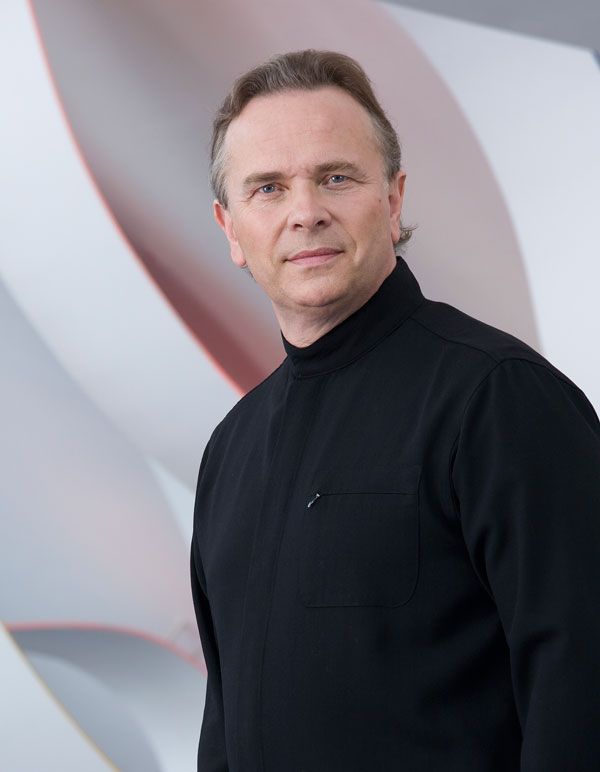
Sir Mark Elder on Aida
Aida followed Don Carlos, and each of those two operas belongs to a different strand in Verdi’s work. I think that Carlos is the end of a line that started with Foscari years before and comes up through such intimate pieces as Luisa Miller and the first version of Boccanegra. It has something to do with the nature of the subject, with the idea of loneliness and loss and those deeply painful interior emotions. The other strand starts (again, very early) with Ernani and moves through Trovatore – a different type of drama, which is swiftly moving – to Aida, which shares that same quality as Trovatore and is the end of that line. Otello and Falstaff are part of neither line.
Trovatore and Aida are, in a way, backward-looking in terms of their structures and the conventional aspects of their form. There are still lots of closed forms in Aida whereas Boccanegra sees a loosening of that, and Carlos goes even further. However, while every moment of Don Carlos keeps one fully engaged, the absolutely wonderful masterpiece Aida, with its court and particularly the religious fanaticism that underlies everything (those damned priests and Ramfis!), keeps the audience at a distance, and actually it was Verdi’s genius to realise that that was going to happen. He starts the prelude with this tiny thread of an idea that you later discover is associated with just the title-part, this captive in exile, this lost beautiful girl, and he contrasts that intimacy and sensitivity with the power and build-up of the music for the priests. And those are the two elements of the drama: a personal story in the context of fanaticism.
After Ballo in maschera there had to be very specific conditions to coax Verdi to write, like the commission from St Petersburg for Forza or the one from Cairo for Aida – something to make him gird his loins and convince him that he had something to say. It was Aida that made him the richest composer in the world – its success took his finances on to a whole new level. He started to invest a great deal in land around Busseto, and to invest in banks in Genoa, where he’d spend the winter months.
The invitation to write Aida was very grand and made Verdi realise that he was the great Italian cultural ambassador. He was an extraordinary mixture: part of him was really hard-bitten, with a peasant’s care for money – wanting to be paid properly. But he would have seen that to make an opera on an Egyptian theme, but on a very personal subject, would be the most wonderful way to launch to the whole world a Verdian masterpiece.
Verdi’s Egyptian music is very convincing and rather lean harmonically. The Egyptian effects are more in the melodies, in the melismas – I’m thinking of the opening of the third act with the Nile scene. The composer had developed an extraordinarily clever ear for orchestral effect and theatrical atmosphere. One of the things that makes Aida so compelling is that the notation is described with the minimum of fuss and the minimum of self-consciousness; the French with their passion for orientalism were much more self-conscious, much more perfumed and, particularly towards the end of the century, with liberal spoonfuls of Wagnerism. Verdi’s genius lay in his ability to find a colour for any particular story, however simple, however grand – something that reflects his own life. He would find a few notes that just set it all up. He manages to convey the austerity as well as the despair in that Spanish court in Don Carlos, where with just a few notes he summons up the incredible danger and power of the physically weak Grand Inquisitor. And he does it all in Aida with a minimum of fuss – it’s all there. So I think it was inevitable that he got Ghislanzoni’s libretto and that he immediately transported himself to the banks of the Nile – he conceived the sound world of Aida without having been to Egypt, and without even seeing a palm tree! It’s so symptomatic of his skill.
There are very few descriptions of nature in Verdi’s operas, and even the works that purport to be about nature are more interesting if you think about the personal situations that are going on in them. I think that’s the case with Aida: the confrontations of the different personalities and the issues that arise really stirred Verdi’s creative juices. And what did he give us? A masterpiece!
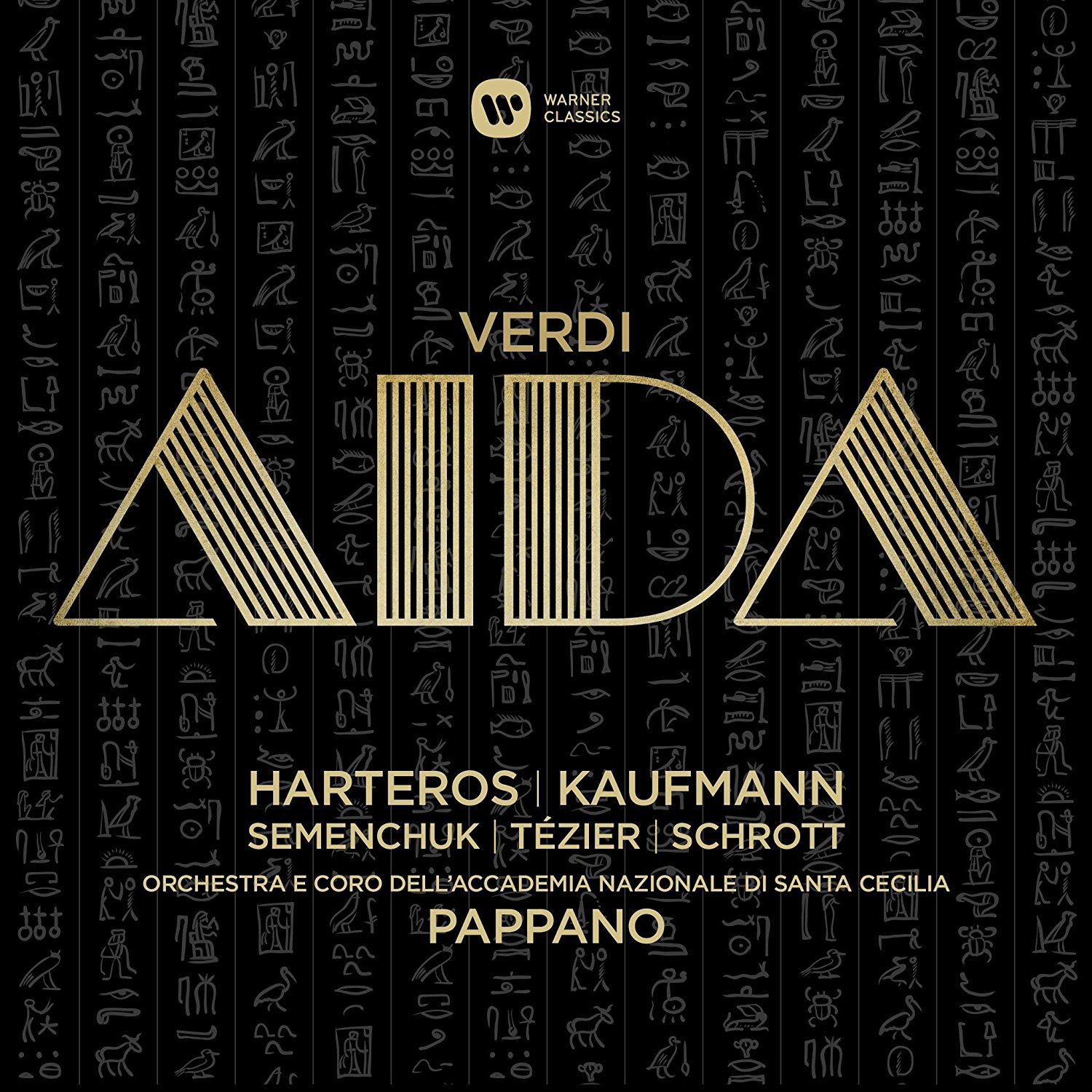
Aida - a recording history, by Richard Fairman
The first complete recordings of Aida date from beyond the lifetime of most of Verdi’s original cast at La Scala, but they do capture an ongoing Italian tradition. Most notable is the HMV recording, conducted by Carlo Sabajno, in which Italian-American soprano Dusolina Giannini and mezzo Irene Minghini-Cattaneo perform alongside the inimitably forceful Aureliano Pertile. The singing still sounds impressive and various versions have circulated on CD (try Phonographe PH5004/5).
After the Second World War, Italian conductors kept the flame burning: Arturo Toscanini, fiercely loyal to the letter of the score; Tullio Serafin, the singers’ friend; and Vittorio Gui, crisp and clean. This was the era of the famous rivalry between Maria Callas and Renata Tebaldi. Callas’s La Scala set, conducted by Serafin, isn’t the most glamorous sonically, but crackles with drama in the scene between her and Tito Gobbi’s Amonasro, even if the high-pressure singing of Richard Tucker’s Radames may not be to all tastes (Naxos 8 111240/41). Tebaldi’s later Decca set teams her with the finest Italian colleagues of her day, Giulietta Simionato and Carlo Bergonzi, but ironically harnasses them to the heavily Germanic conducting of Herbert von Karajan (Decca 475 8240). A note of recommendation, though, for Zinka Milanov and Jussi Björling, keeping vocal elegance to the fore even in the face of Boris Christoff’s incomparably fearsome Ramfis (Naxos 8 111042/44 – conducted by Jonel Perlea).
From the 1960s, Verdi became international property and all the best recordings have multinational casts. Of these, two stand out: Georg Solti’s 1961 set gives us conducting that’s red in tooth and claw, with the kind of big voices that we’d love to have today: Leontyne Price as Aida, Rita Gorr as Amneris, Jon Vickers as Radames (Decca 478 2679). The EMI recording with Riccardo Muti hails from a revival at London’s Royal Opera House and is handsomely cast: Montserrat Caballé’s Aida floats top notes like moonbeams beside the Nile, Fiorenza Cossotto flaunts her brass trombone of a mezzo as Amneris, and Plácido Domingo’s Radames is golden-voiced (EMI 640630-2).
That was in 1974, and there’s been little to equal it since. Not Lorin Maazel on Decca, which was an excuse to record Pavarotti’s Radames (478 3058); not James Levine on Sony, despite the luxury of the Met orchestra (88691 92955-2); not Claudio Abbado on DG, Verdian aristocrat though he is (477 5605); and certainly not the wildly unidiomatic Nikolaus Harnoncourt on Teldec (2564-64348-2).
But then Antonio Pappano, Jonas Kaufmann, Anja Harteros et al made their imposing, 2016 Gramophone Opera Award-winning recording – and set a new modern benchmark.
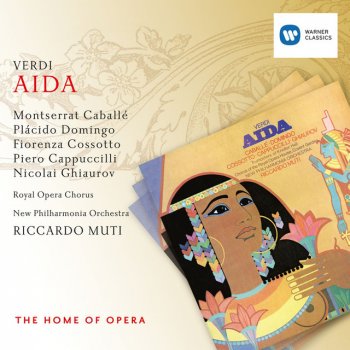
Essential recording
Aida
Caballé; Domingo; Cossotto; Cappuccilli; Ghiaurov; New Philharmonia Orchestra / Riccardo Muti
(Warner Classics)




